Who was Esther?
The Jewish people in exile
Nebuchadnezzar, king of Babylon, destroyed Jerusalem and its Temple in 586BC and carried off the aristocracy, members of the upper classes, and all the leading families of Judah. They were forced to live in exile in Babylon for a period of about fifty years. Esther was a member of one of these exiled families.
Esther’s story has danger, romance, a happy ending!!
Esther – the Bible text has the story in its original form.
Life in Babylon
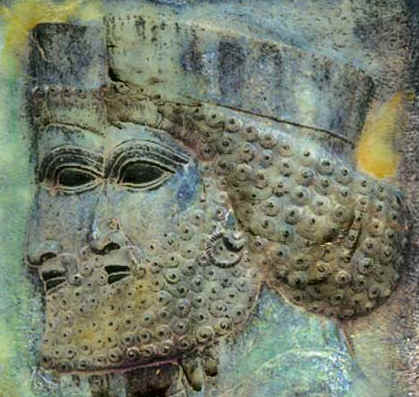
Queen Esther, Bible woman: Two royal attendants at the Persian court
In Babylon these families were allowed to live together, settling in areas of land given to them by the Babylonian authorities. They were not forced to intermarry or become slaves. They were able to be useful and respected members of the Babylonian empire. They adopted Babylonian names, the Babylonian calendar and the Aramaic language (this was the language that Jews such as Jesus spoke in later times). They assimilated well into Babylonian society, but maintained their Jewish identity and way of life.
Why had this happened to Esther’s people?
These Jewish captives attempted to make theological sense of the disasters that had happened to them. They had previously assumed that, as Yahweh’s Chosen People they and the Temple would be protected. This assumption had proved wrong.
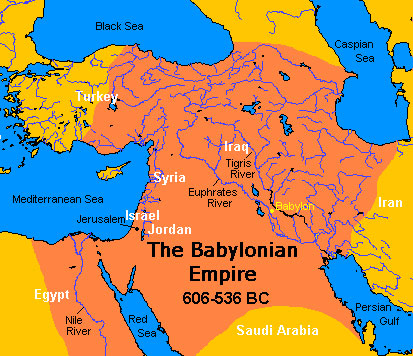
Map of the Babylonian Empire 606-536BC
Now they asked: Why had Yahweh made them suffer? What had they done to cause the disaster? How could such an event be prevented in the future?
The prophets told them that disaster had struck because they had broken the terms of the covenant with Yahweh. They had not abandoned the fertility gods Asherah and Baal, as they should have. So Yahweh had given them up to their fate.
How could they repair the damage?
It followed that if they repented, Yahweh would forgive them. Hopefully they would be reinstated, first in his favour, then in their homeland. With this in mind, their priests edited and rewrote the Jewish Scriptures, so that the focus was on radical monotheism, the exclusive worship of one god.
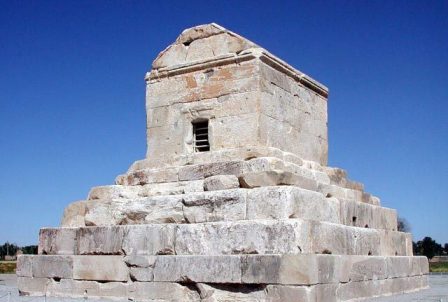
Tomb of Cyrus the Great in Iran
In the meantime, the Babylonian empire had been superseded by the Persians. In 538BC Cyrus the Great of Persia issued an edict which allowed certain members of the Jewish captive population to return to Jerusalem, to settle there and rebuild the Temple. This was part of an empire-wide resettlement program, but the Jewish captives saw it as clear evidence that Yahweh had accepted their repentance.
Esther’s people return to Jerusalem
Over a period of time, the Jews returned to Jerusalem.
- They set about the task of rebuilding Jerusalem and the Temple, which would be called the Second Temple (the first Temple had been built by Solomon).
- They did not have kings any longer to lead and govern them – Esther’s story shows only too clearly what they thought of kings and despots.
- Instead, their leaders were the prophets.
Two of these prophets, Ezra and Nehemiah, carried out sweeping social reforms that had a direct bearing on the lives of many women (see Ruth and Naomi – the world of these Bible women).

FAMOUS PAINTINGS OF ESTHER – see the ‘Fainting Paintings’
Search Box
![]()
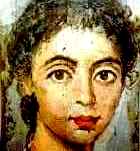
Esther married a fool who impetuously divorced his first wife when his advisers told him to do so. Then he chose a second wife for her beauty – all very fine, except when the woman is to be queen of a vast empire. A queen needed more than beauty to navigate the shoals of a corrupt and dangerous court.
Heroines of the Bible
____________
Famous Paintings
of Esther –
see the ‘Fainting Paintings’
_____________
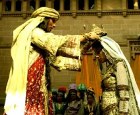

Finding a Husband
Compare with Ahaseurus’ way of choosing a wife
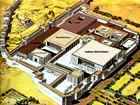
Bible Archaeology: Palaces
The Palace of Persepolis
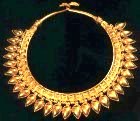
Ancient jewelry
Fabulous jewels from the ancient world
__________
Movies
Movies often tell stories about the dangers for women like Esther, who lived in a treacherous royal court.
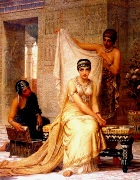
PAINTINGS OF ESTHER
with the famous
‘Fainting Paintings’

© Copyright 2006
Elizabeth Fletcher

